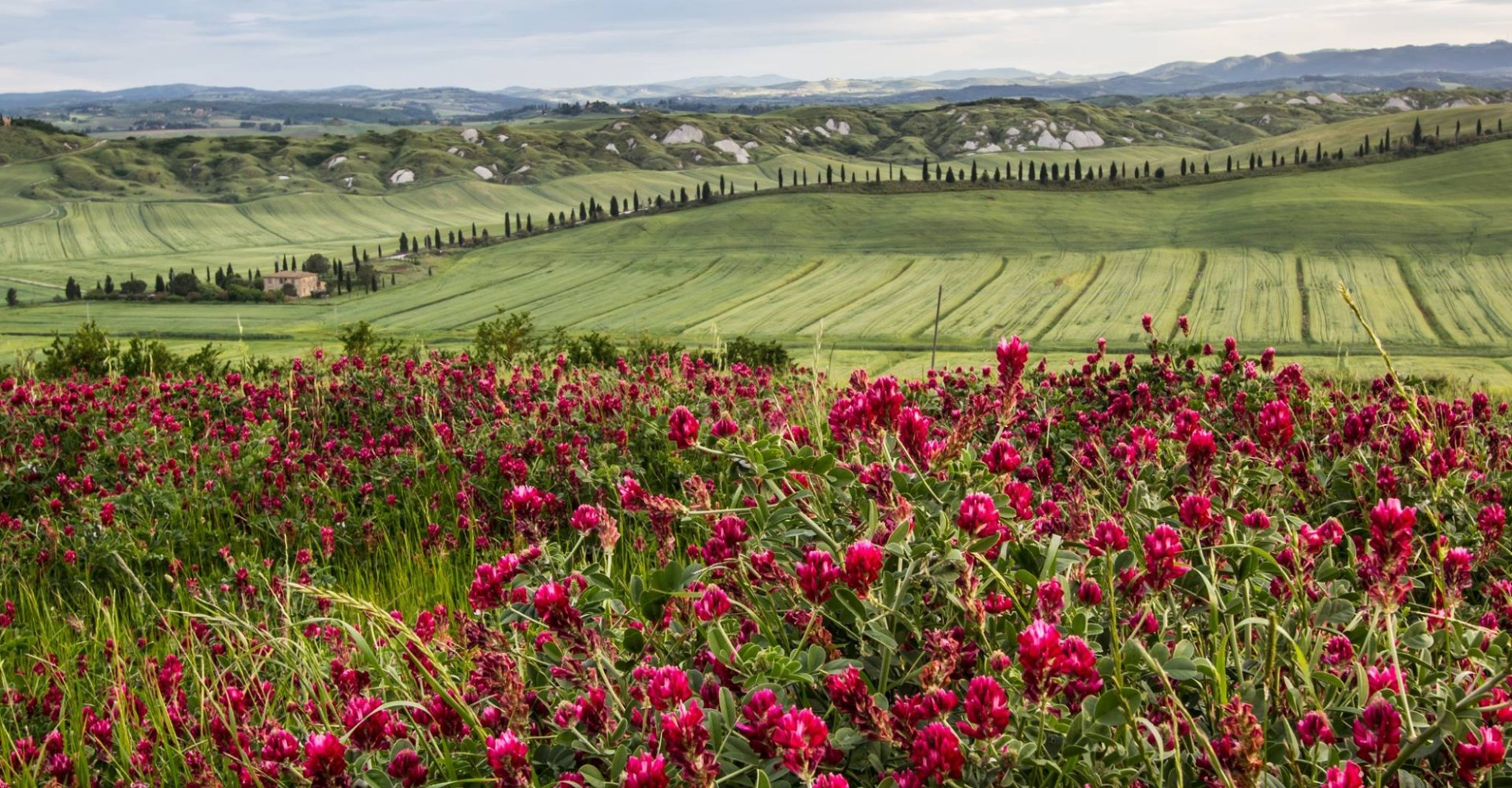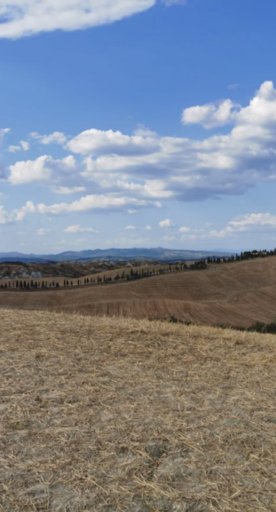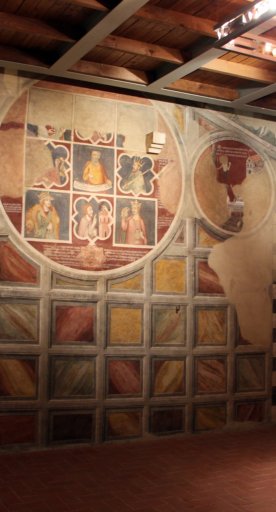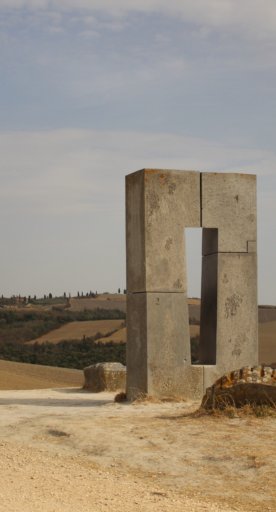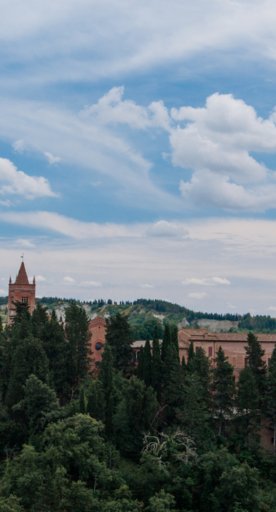Biancane di Leonina
A national Geosite in the Crete Senesi
There are Tuscan landscapes dominated by rolling hills that glow white when the sun shines high in the sky. In Val d’Orcia, particularly in the Crete Senesi area, it's not uncommon to encounter these formations that are called Biancane given their white appearance.
The formation of this particular type of relief dates back to the Pliocene period about 4 million years ago when this area was the backdrop to the Tyrrhenian Sea. Even today, the soil retains traces of rock salt. You can explore the area by following the CAI Crete Senesi Life Park no. 3 path, known as the Ring of the Biancane di Leonina, which also leads near to the Site Transitoire and along the Via Lauretana, the ancient communication road that crosses the whole area and connects Siena to Cortona.
The Biancane di Leonina are the result of erosion, and because of its chemical composition, it constitutes a very special ecosystem, with low, bushy vegetation, such as fragrant artemisia.
Overlooking the Biancane di Leonina is the castle of the same name, an architectural complex created as a Sienese bulwark and later transformed into a fortified farm, now an accommodation facility.
